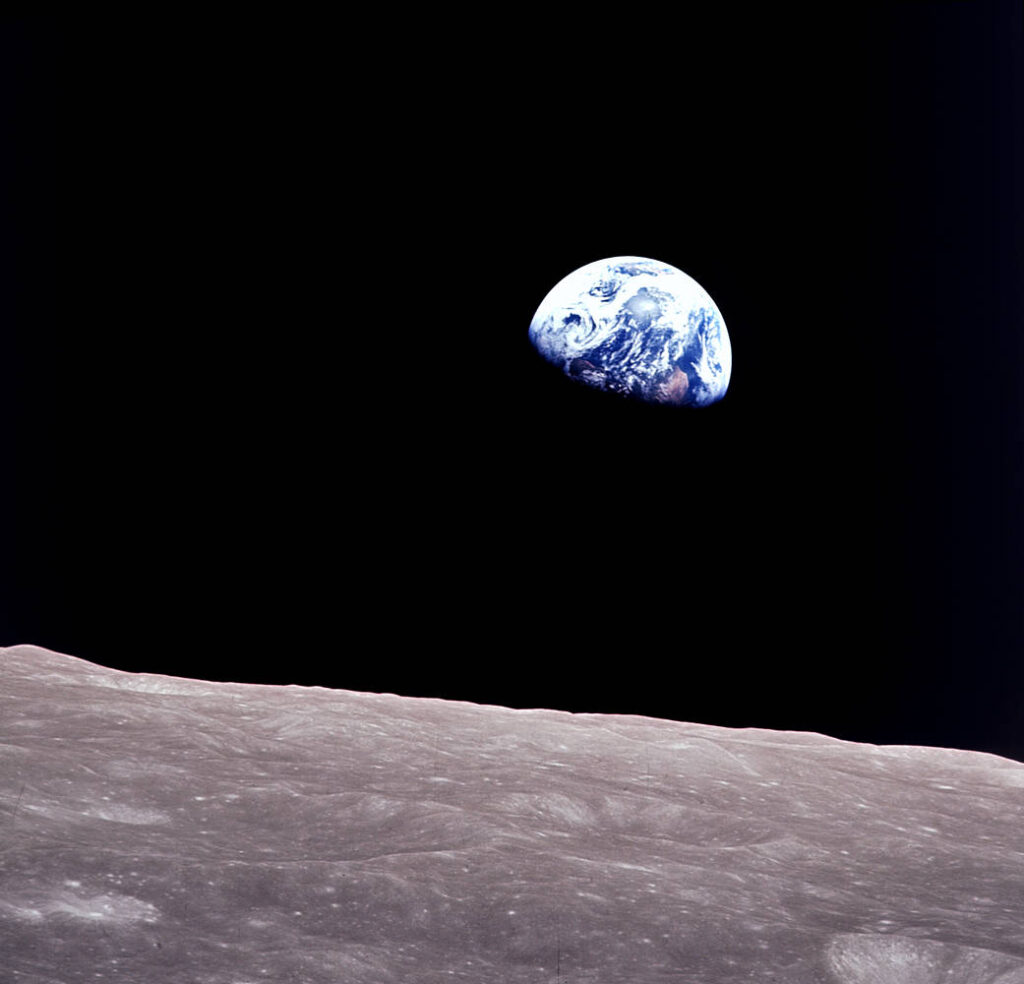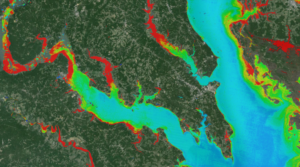This video is a shortened version of a video (and feature story) that was originally released in September 2015. Video editor: Joy Ng; original video producer: Matt Radcliff.
The Nature Conservancy of California operates the BirdReturns program, with partners including Point Blue Conservation Science, Audubon California and the Cornell Lab of Ornithology.
Over the last century, California’s Central Valley has lost 95% of the wetlands habitat, which is needed for the shorebirds while on their migration. The solution involves big data, binoculars and rice paddies. The Cornell Lab of Ornithology’s eBird program collects on-the-ground observations, including species and date spotted, from bird watchers nationwide. With a recent NASA grant to Cornell, scientists created computer models to analyze that information and combine it with satellite remote sensing imagery from Landsat and the Moderate Resolution Imaging Spectroradiometer instruments on NASA’s Terra and Aqua satellites. With these models, they could identify areas in the Central Valley where birds flocked to during the spring and fall migrations, as well as estimate the number of birds making the journey.
Some of his colleagues had been using Landsat images to look at where – and when – there was standing water, to assist with surveys of shorebirds. The nonprofit Point Blue, based in Petaluma, California, developed models that can classify habitats based on Landsat imagery. For the BirdReturns project, the team analyzed 1,500 Landsat scenes between 2000 and 2011, and then additional images from Landsat 8 after its 2013 launch. For each area not blocked by clouds, they classified whether there was surface water.
Matching the location and timing of surface water from Landsat with the route and timing of migrating shorebirds from eBird, the BirdReturns program looks for those key sites where extra water would make a difference for the birds, which forage for food in the wetland areas. The Nature Conservancy then uses a reverse auction where farmers try to submit the lowest bid to turn their empty fields into a pop-up wetland for the few weeks the birds are stopping in the Central Valley while on their migration.
Further Reading
+ Landsat Helps Feed the Birds
+ Satellite Data Helps Migrating Birds Survive
We would like to thank the Point Blue and The Nature Conservancy for supplying Central Valley water data. Least sandpiper data courtesy of Cornell Lab of Ornithology, eBird Basic Dataset. Version: EBD_relMay-2013. Cornell Lab of Ornithology, Ithaca, New York. May 2013.

Be Part of What’s Next: Emerging Applications of Landsat at AGU24
Anyone making innovative use of Landsat data to meet societal needs today and during coming decades is encouraged to submit and abstract for the upcoming “Emerging Science Applications of Landsat” session at AGU24.





